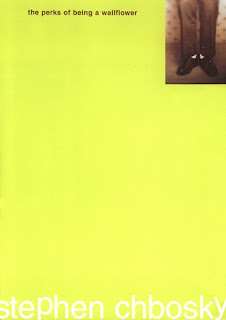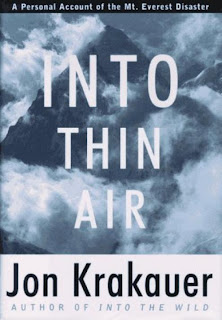
Pavlova is a meringue-based dessert named after the Russian ballet dancer Ánna Pávlova. Colloquially referred to as "pav", it is a cake similar to meringue with a crispy crust and soft, light inner. The dessert is believed to have been created in honour of the dancer either during or after one of her tours to Australia and New Zealand in the 1920s. The nationality of its creator has been a source of argument between the two nations for many years, but formal research indicates New Zealand as the more probable source.
The dessert is a popular dish and an important part of the national cuisine of both countries, and is frequently served during celebratory and holiday meals.
- 3 large egg whites
1/3 cup granulated sugar
1 teaspoon white distilled vinegar
1 tablespoon boiling water
2 cups whipping cream
2 cups fresh fruit (such as strawberries and blueberries, kiwi and raspberries, nectarines and bananas, etc.)
1 teaspoon vanilla extract
1/4 cup powdered sugar
- Preheat oven to 475°F (245°C). Cover a baking sheet with foil, and spray lightly with cooking spray.
- In a large bowl, beat the egg whites to form stiff peaks. Add sugar slowly, and continue beating. When egg whites are very stiff, add vinegar and boiling water. Continue beating until glossy surface begins to fade, and mixture is very stiff.
- Spoon meringue onto prepared baking sheet. Shape into a circle 1 1/2-inches thick. Form a slight indention in the center, making the sides slightly higher.
- Place meringue in the oven, shut the door, and turn the heat off. Leave in the oven for one hour.
- Check the texture of the meringue; it should be hard with no soft spots. If soft in the center, heat oven to 250°F (120°C) and leave meringue in until completely dry, checking often.
- Whip the cream until stiff peaks form. Beat in vanilla and powdered sugar. Spoon the whipped cream onto the meringue. Arrange the fruit on top of the whipped cream, and serve.
Makes 4 to 6 servings
.







